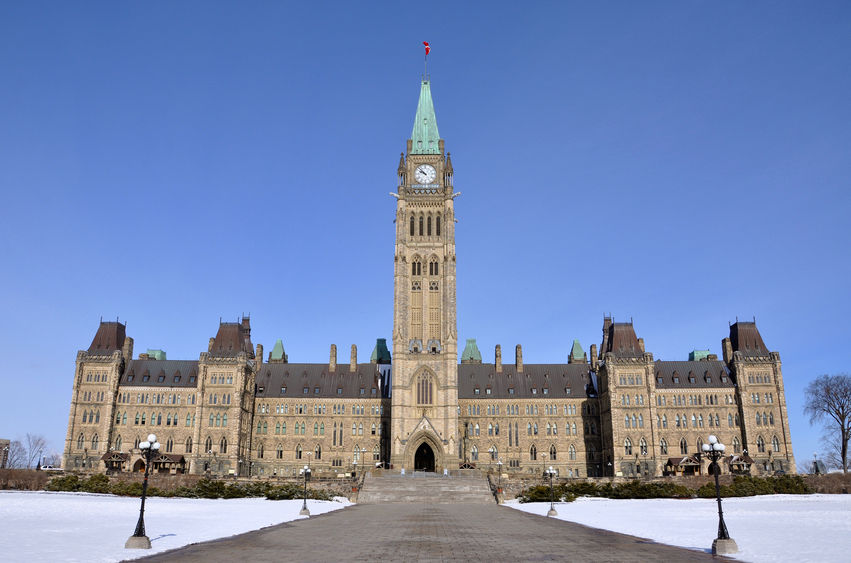
The Trudeau government’s economic advisory council is recommending Ottawa raise the age of retirement eligibility and explore a national child-care program to boost much-needed participation in the country’s workforce.
The proposals were among a collection of new suggestions released Monday by the government’s hand-picked growth council.
The ideas are widely expected to help the government frame parts of the upcoming federal budget.
The advisors zeroed in on what they called a need to increase labour-force participation from under-represented groups such as indigenous people, lower-income earners, women with kids and older workers.
To encourage older Canadians to work longer, the council recommended the ages of eligibility for old age security and the Canada Pension Plan be “recalibrated and increased” to address the impacts of the country’s aging society and longer life expectancies.
The idea contrasts with the Liberal government’s move, based on a 2015 campaign vow, to reverse a controversial decision taken by the former Conservative government and return old age security eligibility to 65 from 67.
Raising the eligibility age so that it closes the gap between Canada and industrialized countries with the highest labour participation rate among workers 55 and over could add $56 billion to the gross domestic product, the council’s report said.
The document also suggested Ottawa allow old age security and the CPP deferrals beyond age 70 and ensure that deferrals past 65 are more attractive.
The council’s chair stressed Monday that any policy changes should take into consideration the differing abilities of some groups of older Canadians to continue working, particularly those in physically demanding jobs.
“We are for more able-bodied Canadians to work longer in the system,” said Dominic Barton, who is the managing director of global consulting giant McKinsey & Co.
“For those who can, we do think we should look at incentives to try and encourage them to be able to work.”
Indeed, later Monday, Finance Minister Bill Morneau said the government is looking at ways to encourage people to stay in the labour force, if they choose to keep working and are able to do so.
He added Ottawa would consider the council’s recommendation to increase participation among people who are able to keep working.
“We moved the age of the old age security system to age 65 recognizing that a significant number of Canadians are very challenged to work past that time,” Morneau told reporters.
“We also want to be sure that we think about the demographic challenges that are to come.”
As it maps out future plans, he said the government would also consider the council’s other recommendations, which he noted were partially based on 29,000 formal submissions from Canadians.
The report also proposed boosting the economy by raising labour-force participation for women with children through the possible creation of a subsidized national child-care program similar to the Quebec model.
Ottawa is already in talks with the provinces about expanding early childhood education.
Here’s a quick rundown of some of the other recommendations in Monday’s report:
- Ensuring workers upgrade their skills to better match the rapidly changing needs of the labour market with help from a new, arm’s-length national organization. The report recommended Ottawa invest $100 million in each of the next five years to establish an agency that would develop new approaches to retrain workers. It warned that nearly half of Canadian jobs are at high risk of being affected by future technological change, such as automation.
- Taking steps to make Canada more productive, such as improving access to capital for promising firms and ensuring procurement policies help support fast-growing businesses.
- Developing strategies to make the most of what it sees as vast untapped potential in up to eight key Canadian sectors by identifying and removing obstacles such as regulatory hurdles. The report recommended a pilot project for the agriculture and food industry, where it said there is still room for material economic gains to be made.
- Expanding trade to deepen the relationships with the United States and Mexico as well as forging closer ties with China, Japan and India. It suggested making greater investments in trade-related infrastructure, such as ports and highways.
“Much like ‘tools in a tool kit,’ these recommendations can be used in concert and with strategic intent to dramatically accelerate growth,” the group said in its report.
“Realizing such an ambitious aspiration, amid rapid economic and societal change, will require focused, persistent and concerted action.”
The experts reaffirmed their long-term objective to help add $15,000 to the annual pre-tax incomes of Canadian households, above their current projections, by 2030.
Their prescriptions come as the economy struggles to crawl out of a prolonged slow-growth rut.
The Trudeau government is widely expected to implement at least some — and perhaps many — of the council’s suggestions in its spring budget, which will be tabled in the coming weeks.
Last fall, the council provided prescriptions for Ottawa on attracting more talent through immigration, increasing infrastructure investments and luring more foreign investment.
Ottawa appeared to agree with many of the group’s suggestions. About two weeks later, Morneau tabled a fall economic statement that contained new policy directions featuring many elements of the council’s proposals.
Photo coprighty: jiawangkun/123RF